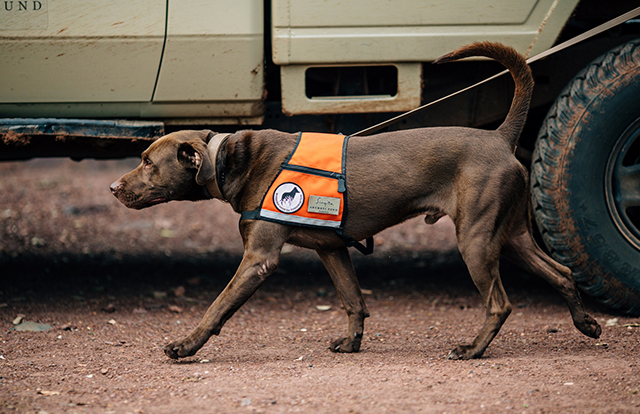
The dogs are coming back to sniff out invasive species on the Snake River. Following the successful 2020 launch of dogs being used to locate invasive species on the Snake River, the Jackson Hole Weed Management Association, Teton County Weed and Pest, and Working Dogs for Conservation are teaming up once again.
Saltcedar was first found on the Upper Snake River in 2001, leading to the beginnings of the Snake River Project in 2002. Saltcedar and perennial pepperweed are both aggressive invaders of riparian areas, growing in dense stands blocking access for wildlife and recreation, and changing soil nutrient loads in creating ideal conditions for their growth and limiting the growth of other species.
These changes to riparian areas impact the entire aquatic system by changing the amount of shade, food, and shelter available. Working Dogs for Conservation has a long track record of being able find things that humans alone cannot. In 2020, Working Dogs for Conservation scent trained 3 canine teams and found roughly 30% more pepperweed locations between Moose and Wilson than human teams had. The Canine teams will be on the islands on the river next Monday through September 1st.
photo: Working Dogs for Conservation
- Protect Our Water Jackson Hole Files DEQ Complaint Over Nitrate Pollution in Teton County Groundwater - September 26, 2025
- Body Believed to Be Wesley Dopkins Recovered in Jackson Lake by Bruce’s Legacy - September 9, 2025
- Teton Bouldering Park at Phil Baux Park Closes for Maintenance September 10-16, 2025 - September 8, 2025

